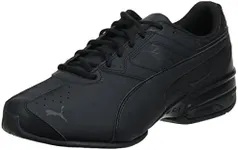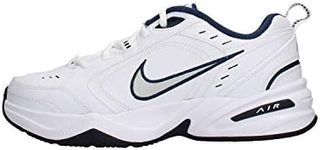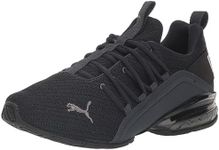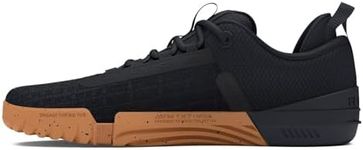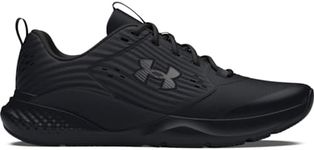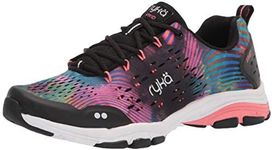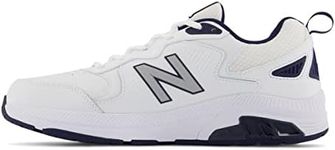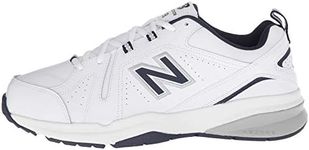Buying Guide for the Best Cross Training Shoes
Choosing the right cross-training shoes is essential for anyone who engages in various types of workouts, from weightlifting to running to high-intensity interval training (HIIT). The right pair of shoes can enhance your performance, provide the necessary support, and prevent injuries. When selecting cross-training shoes, consider the following key specifications to ensure you find the best fit for your needs.Fit and ComfortFit and comfort are crucial because you will be wearing these shoes for extended periods during your workouts. A shoe that fits well should have enough room in the toe box, snugness around the midfoot, and proper heel support. Shoes that are too tight can cause discomfort and blisters, while shoes that are too loose can lead to instability and injuries. Try on shoes at the end of the day when your feet are slightly swollen to ensure a good fit.
Support and StabilitySupport and stability are important for preventing injuries and ensuring proper form during exercises. Cross-training shoes should provide adequate arch support and a stable base, especially for weightlifting and lateral movements. Look for shoes with a firm midsole and a wide, flat outsole to enhance stability. If you have specific foot conditions like flat feet or high arches, consider shoes with customized support features.
CushioningCushioning refers to the amount of padding in the shoe, which affects comfort and shock absorption. For activities like running or jumping, more cushioning can help reduce impact on your joints. However, too much cushioning can be detrimental for weightlifting, where a stable and firm base is preferred. Choose shoes with moderate cushioning that balance comfort and performance based on your primary activities.
DurabilityDurability is important because cross-training shoes need to withstand various types of workouts and surfaces. Look for shoes made from high-quality materials with reinforced areas, especially around the toe and heel. Durable shoes will last longer and provide consistent performance over time. Consider your workout frequency and intensity when evaluating the durability of a shoe.
TractionTraction refers to the grip of the shoe's outsole on different surfaces. Good traction is essential for preventing slips and falls during dynamic movements. Look for shoes with a rubber outsole and a tread pattern that provides grip on both indoor gym floors and outdoor surfaces. If your workouts involve a lot of lateral movements, ensure the shoe offers multidirectional traction.
FlexibilityFlexibility in cross-training shoes allows for natural foot movement during various exercises. Shoes that are too rigid can restrict movement and cause discomfort. Look for shoes with flexible materials in the forefoot and a design that allows for a range of motion. If your workouts include activities like plyometrics or agility drills, flexibility is particularly important.
BreathabilityBreathability refers to how well the shoe allows air to circulate, keeping your feet cool and dry. Shoes with breathable materials, such as mesh uppers, can help prevent overheating and reduce the risk of blisters. If you tend to sweat a lot during workouts, prioritize shoes with good ventilation to enhance comfort.
